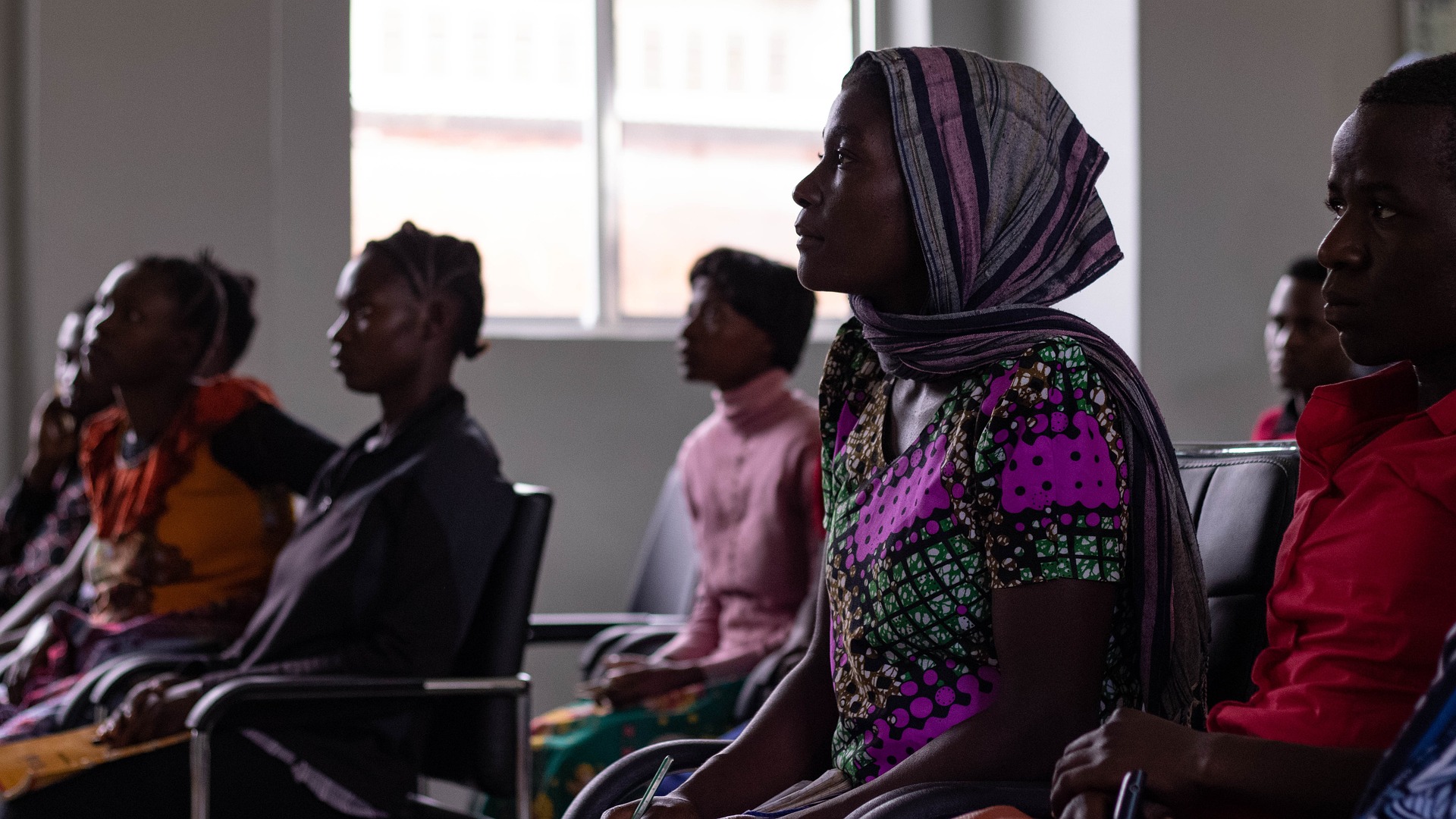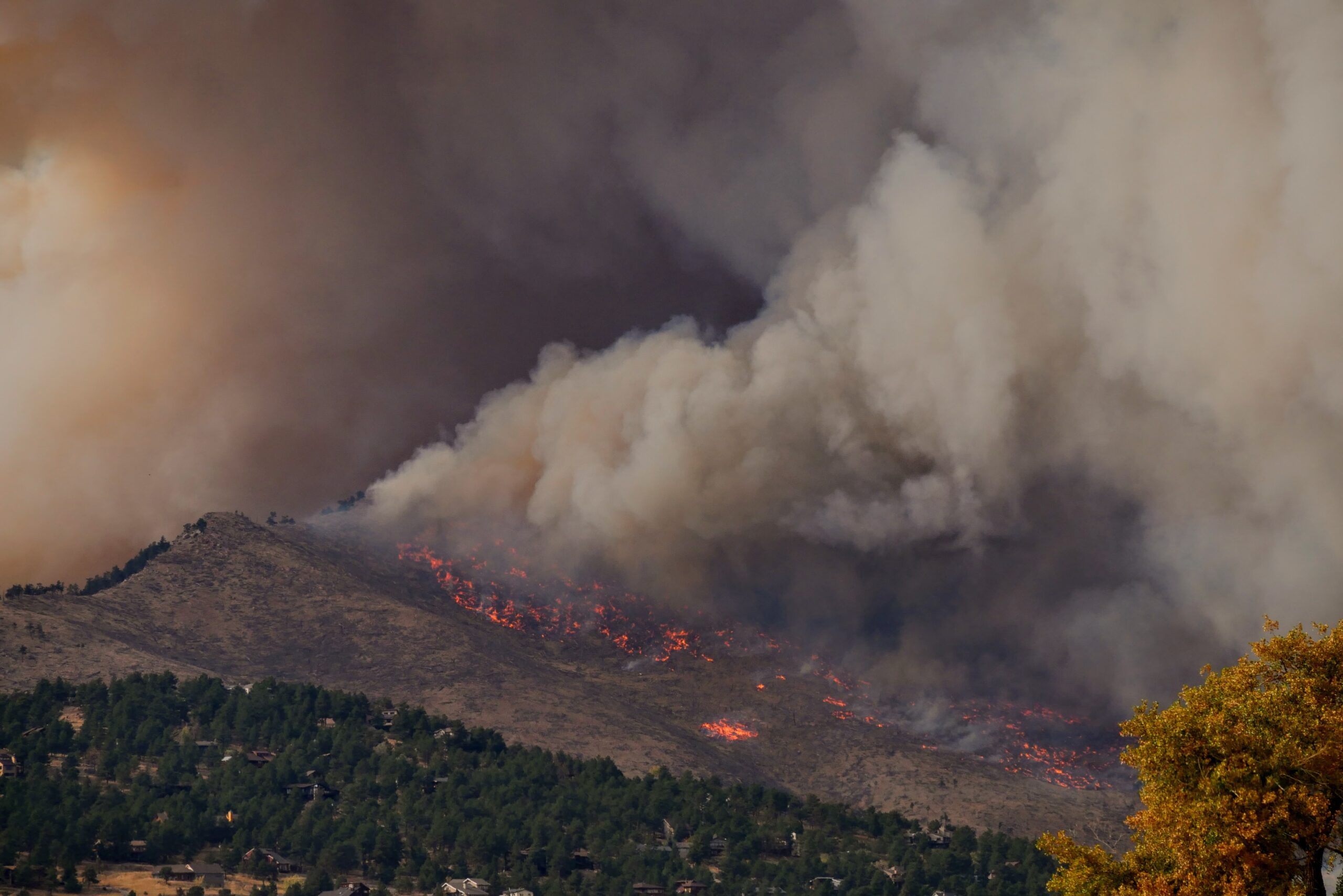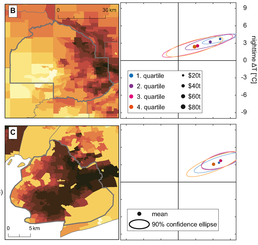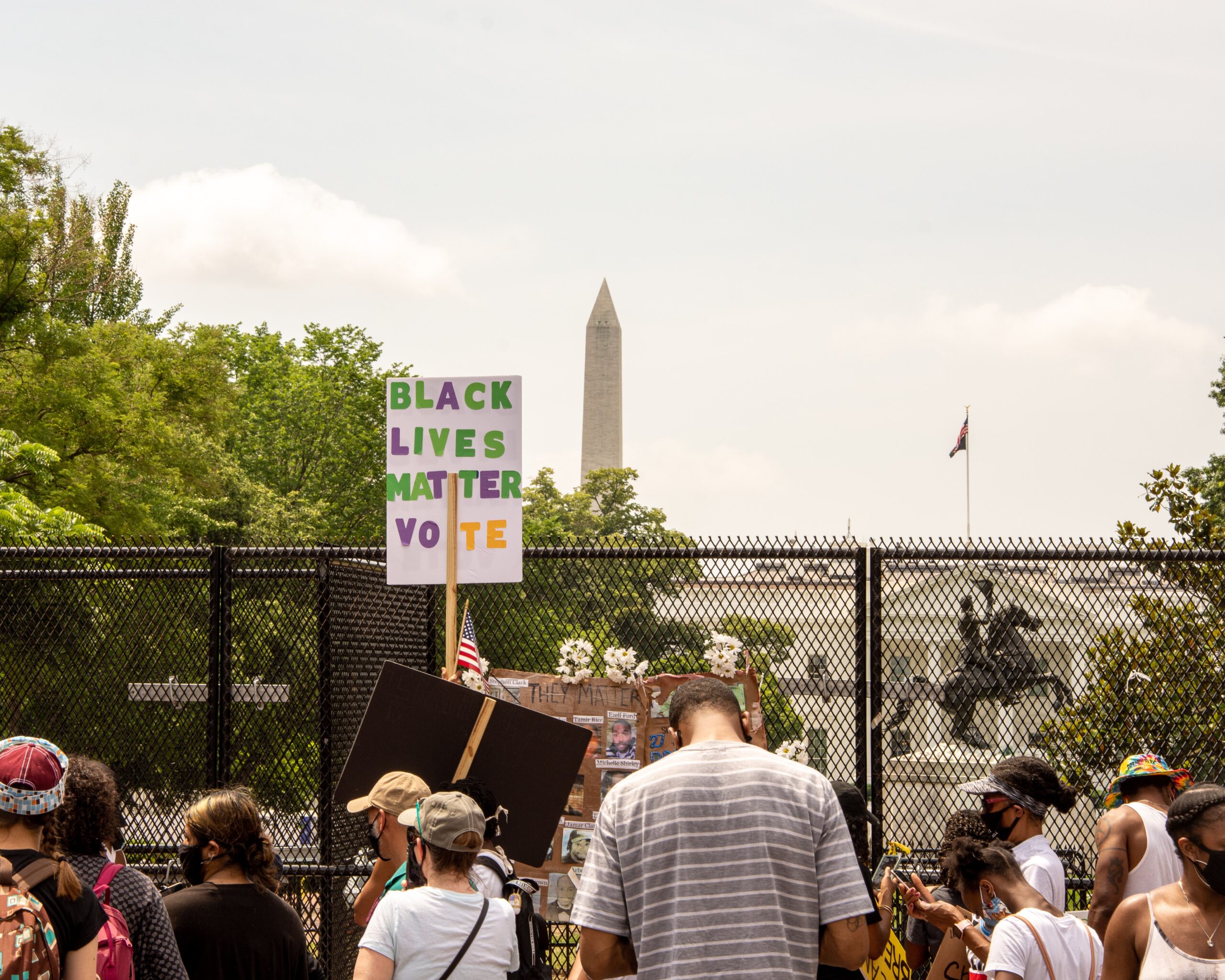Inequality within and among nations continues to be a significant concern despite progress in and efforts at narrowing disparities of opportunity, income and power. Income inequality continues to rise in many parts of the world, even as the bottom 40 per cent of the population in many countries has experienced positive growth rates. Greater emphasis will need to be placed on reducing inequalities in income as well as those based on other factors. Additional efforts are needed to increase zero-tariff access for exports from least developed countries and developing countries, and assistance to least developed countries and small island developing States.
This paper investigates the impact of childhood exposure to conflict on later political beliefs and engagement in 17 sub-Saharan African countries. Despite the well-documented "conflict trap" in which regions with…
This study examines the impact of workplace-based soft skills training on the productivity of Indian garment workers. The study finds that such training leads to significant productivity gains, with treated…
Racial segregation is a pernicious feature of life across America. Urban economists and economic historians have studied the forces behind residential segregation, zoning, and housing inequity (e.g., Boustan, 2011; Logan…
Pollution from wildfires constitutes a growing source of poor air quality globally. To protect health, governments largely rely on citizens to limit their own wildfire smoke exposures, but the effectiveness…
We use a policy experiment in Indonesia to show how local political boundaries affect ethnic tension. Redrawing district borders along group lines reduces conflict. However, the gains in stability are…
We identify a form of gender-based governmental discrimination that directly affects billions of women on a daily basis: the setting of import tariffs for gendered goods. These tax rates, which…
Remotely sensed land surface temperature measurements are used to explore the distribution of the United States’ urban heating burden. Drawing on urban temperature anomalies during extreme summer surface temperature events…
Shelter-in-place ordinances were the first wide-spread policy measures aimed to mitigate the spread of COVID-19. Compliance with shelter-in-place directives is individually costly and requires behavioral changes across diverse sub-populations. Leveraging…
Technological transformations open new opportunities and disrupt old patterns. Founded in 2006, Center on Global Transformation (CGT) provides a new framework for vanguard exploration of topics critical to analyzing and…
As America has become more racially diverse and economic inequality has increased, American politics has also become more clearly divided by race and less clearly divided by class. In this…











